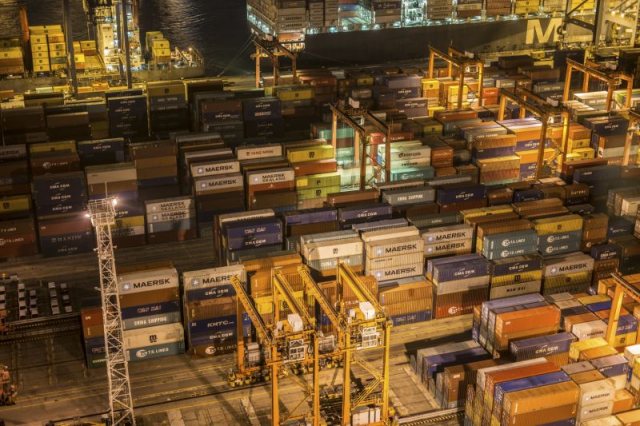Introduction
Fully electric operation of cranes at container terminals is the most environmentally friendly means of operation compared to other power sources (read fossil fuels). Making that statement today is not especially provocative, and for some years now in our industry we have seen a trend for electrifying machines that have traditionally been diesel-powered, such as RTGs.
Many suppliers are now offering solutions for electrification using, for example, cable reels or conductive wires to connect machines to terminals’ electrical power grids.
So far so good. But how is the electrical energy used, which can be supplied to the cranes via cables in a nearly unlimited amount?
Drive systems
If cranes are connected to a terminal’s electrical grid, energy can be generated onboard the cranes and fed back to the supply grid. This energy can then be used either by the neighboring cranes or other power consumers on the grid. In this way, the amount of energy taken from the point where the local power utility supplies electrical energy to the terminal is reduced, thus further lowering energy costs compared to when electrical power is generated onboard the cranes with diesel generators. Modern electrical drive systems are of the four-quadrant type, which means that they can feed energy back to the supplying grid…



